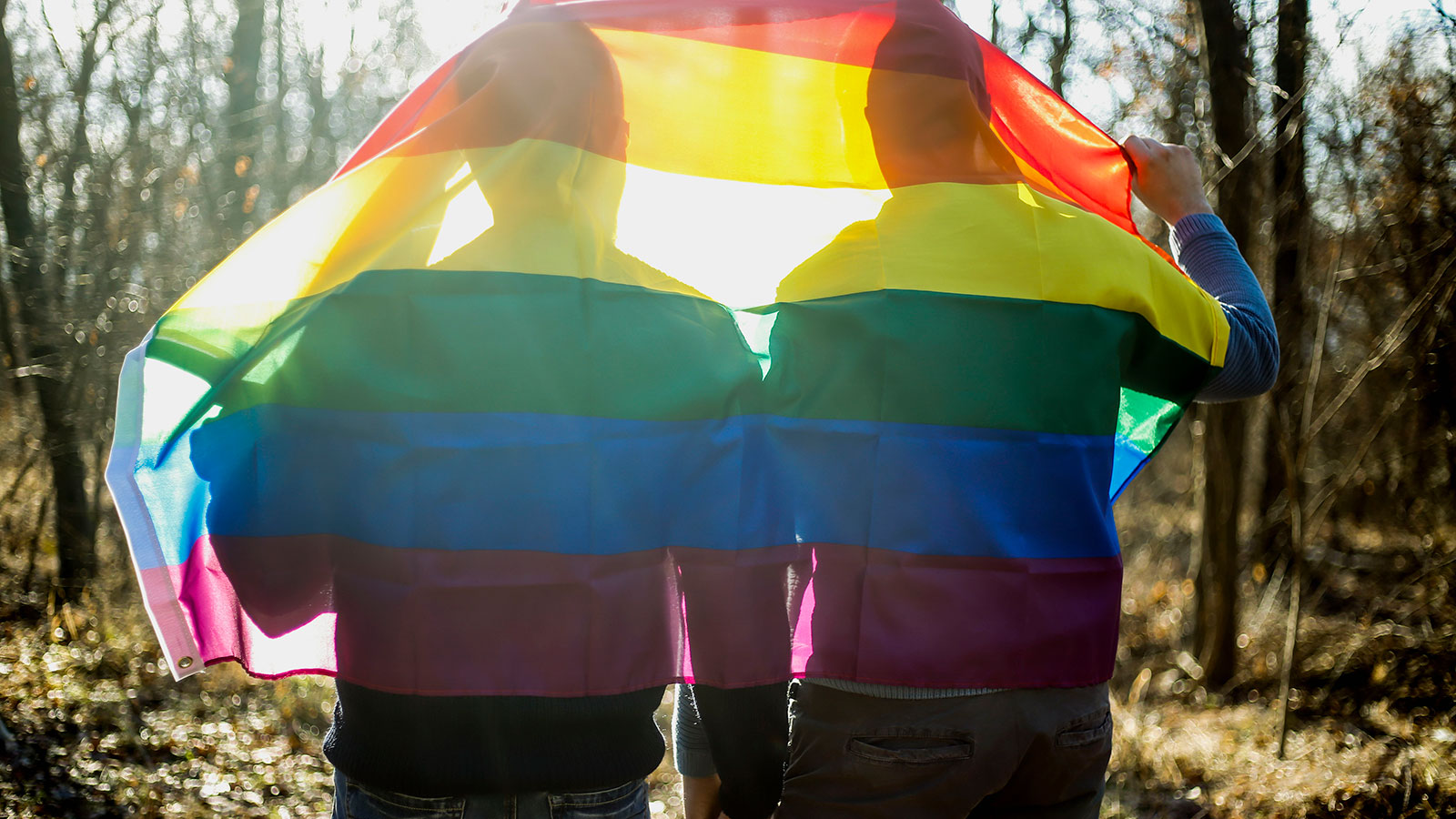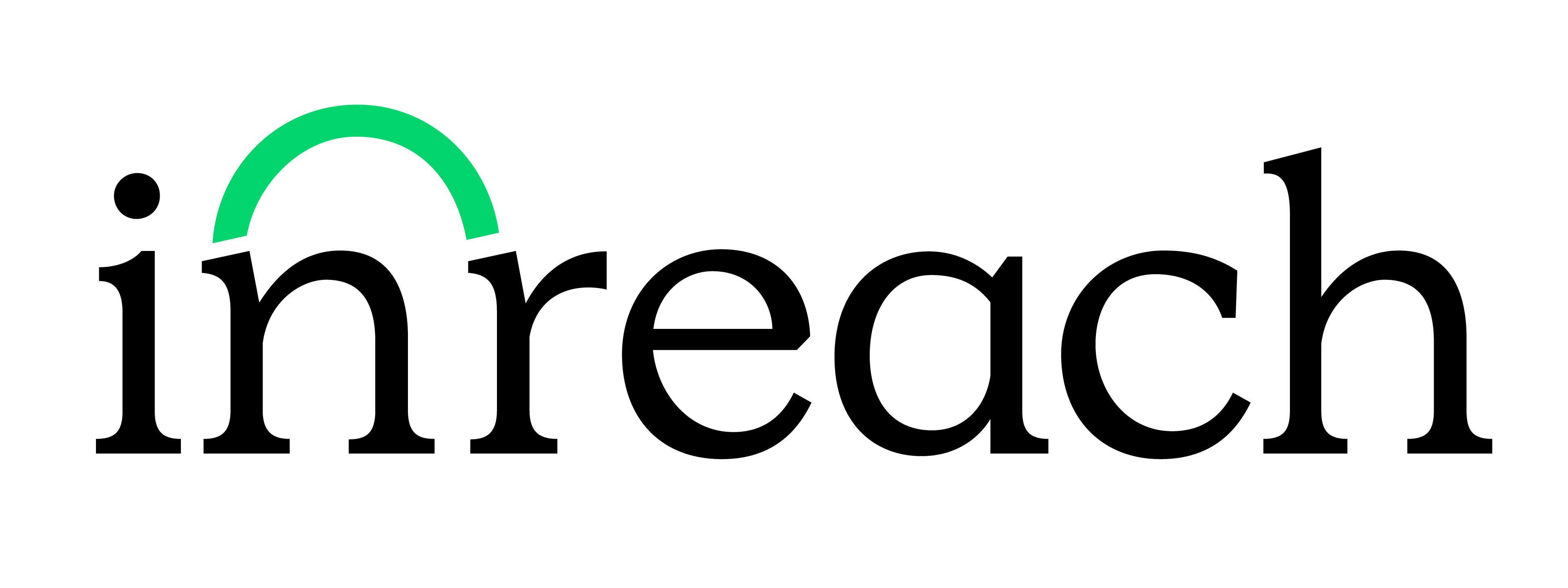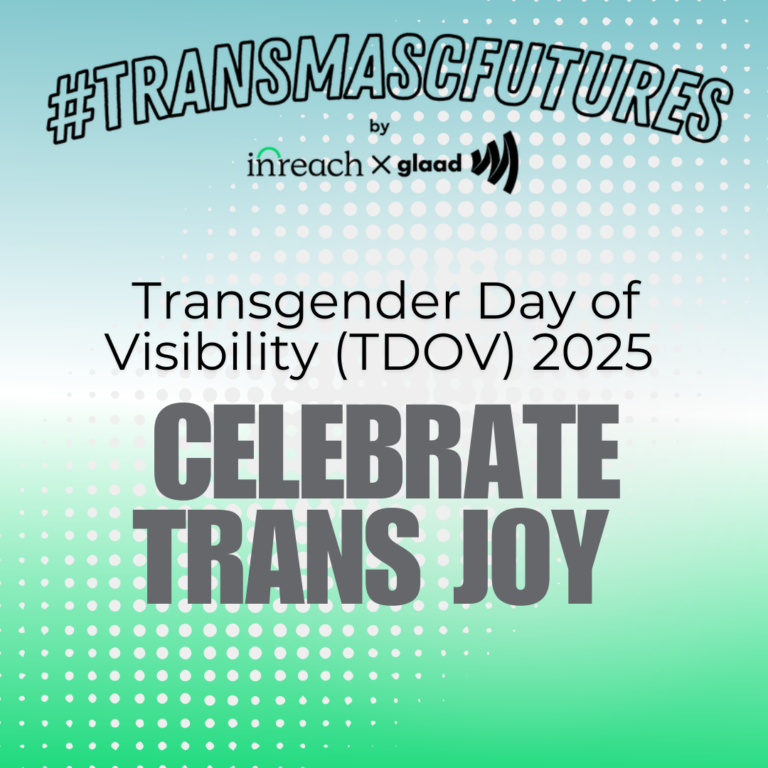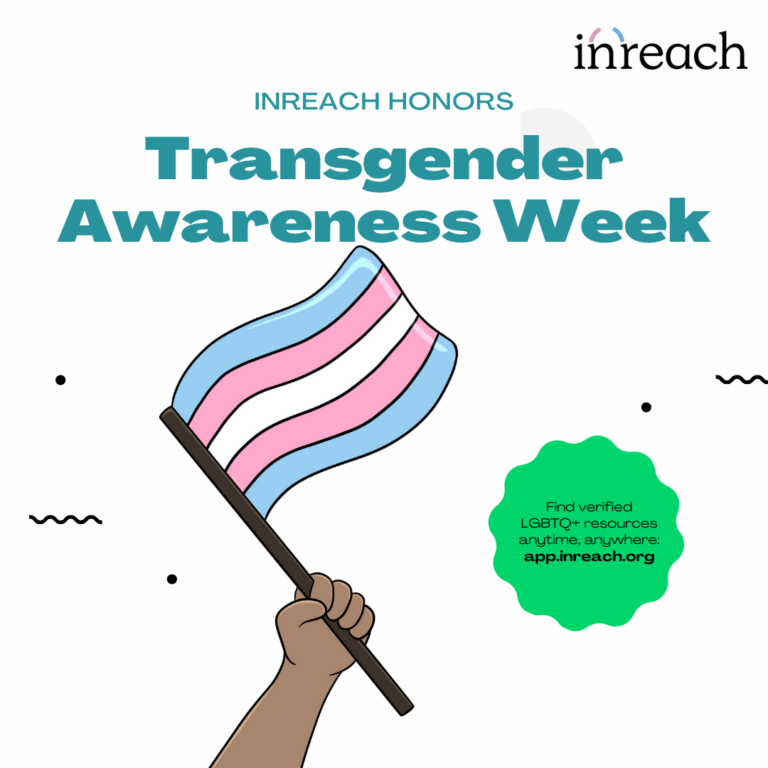No products in the cart.

The Impact of COVID-19 on LGBTQ+ Asylum Seekers at the U.S.-Mexico Border
[vc_row][vc_column][vc_custom_heading text=”Guest Blog Post by Nina Ellard, 2020 InReach Summer Intern” font_container=”tag:h3|text_align:center|color:%23000000″ use_theme_fonts=”yes”][vc_column_text]
The coronavirus pandemic has deeply affected the lives of people all across the world in a multitude of ways. For LGBTQ+ asylum seekers along the U.S.-Mexico border, the impact of COVID-19 is yet another challenge these individuals must face in their efforts to reach safety.
[/vc_column_text][/vc_column][/vc_row][vc_row][vc_column][vc_custom_heading text=”What U.S. Asylum Policies Were In Place Before COVID-19?” font_container=”tag:h4|text_align:center|color:%234892da” use_theme_fonts=”yes”][vc_column_text]The process of asylum was already extremely difficult prior to COVID-19. In January 2019, the Department of Homeland Security announced the Migrant Protection Protocols, informally known as the “Remain in Mexico policy”. This policy requires asylum seekers to wait in Mexico while their immigration cases are pending in the U.S. court system. As a result of this policy, around 60,000 asylum seekers have been returned to Mexico, and less than 1% of asylum seekers have been granted protection in the U.S. The DHS claims that members of “vulnerable groups”, including LGBTQ+ people and unaccompanied minors may be exempt from MPP. However, these exemptions have been inconsistent, and many vulnerable individuals have been returned to Mexico. The practice of “metering” refers to the restriction of the number of asylum seekers allowed through ports of entry and it is a strategy used by the U.S. Customs and Border Protection to prevent asylum seekers from entering the U.S. These policies create heightened danger for asylum seekers, as they are at greater risk of kidnappings, extortion, and violence. LGBTQ+ asylum seekers are already at a disproportionate risk of violence due to their identity, and therefore face a double burden of stigmatization.[/vc_column_text][/vc_column][/vc_row][vc_row][vc_column][vc_custom_heading text=”How Has COVID-19 Changed U.S. Asylum Policy?
” font_container=”tag:h4|text_align:center|color:%234892da” use_theme_fonts=”yes”][vc_column_text]The Trump administration has leveraged the COVID-19 public health crisis to advance its anti-immigrant agenda. On May 20th, 2020, the administration announced that U.S. borders would be closed for an indefinite period of time, and classified seeking asylum under nonessential travel. On July 8th, the Trump administration introduced a new regulation that prevents asylum seekers from countries with disease outbreaks from seeking refuge in the U.S. This regulation allows the federal government to disqualify asylum seekers on the basis of public health measures, despite health experts claiming that “there is no public health rationale for denying admission to individuals based on legal status”. In fact, returning asylum seekers to Mexico under the MPP may in fact contribute to a greater spread of the virus rather than reducing it. [/vc_column_text][/vc_column][/vc_row][vc_row][vc_column][vc_custom_heading text=”What Are The Consequences Of These Policy Changes?
” font_container=”tag:h4|text_align:center|color:%234892da” use_theme_fonts=”yes”][vc_column_text]As a result of the new policies, over 40,000 people have been sent back to Mexico after crossing the border and more than 30,000 asylum seekers are living in uncertainty about their ability to come to the United States. Because of MPP, asylum seekers must seek temporary housing, often in crowded shelters or makeshift camps with shared amenities and limited sanitation. These conditions greatly increase the risk of the transmission of COVID-19 among asylum seekers. Many shelters have had to close as a precaution to prevent spreading the virus. Additionally, legal processes such as asylum and visa applications are being halted indefinitely due to the virus, giving no clear path in the future for asylum seekers. Furthermore, NGOs, aid groups, and volunteers are unable to cross the border and help shelters due to travel restrictions, and the Mexican government has not given adequate assistance to asylum seekers and shelters.[/vc_column_text][/vc_column][/vc_row][vc_row][vc_column][vc_custom_heading text=”What Are The Implications For LGBTQ+ Asylum Seekers?
” font_container=”tag:h4|text_align:center|color:%234892da” use_theme_fonts=”yes”][vc_column_text]LGBTQ+ asylum seekers already endure greater challenges in seeking asylum and are at higher risk of violence and danger in Mexico because of their identity. The policies introduced by the Trump administration under COVID-19 exacerbate the pre-existing struggles they face. LGBTQ+ asylum seekers are often discriminated against when looking for services like medical care or shelter, and few shelters designed for LGBTQ+ asylum seekers are available in Mexico. These resources are important at all times, but are extremely needed in the context of the global pandemic. Higher rates of HIV, cancer, and tobacco use among LGBTQ+ individuals place them in a high-risk category for complications related to COVID-19, since these factors increase their likelihood of being immunocompromised. Furthermore, individuals living with HIV can be unaware that they are HIV-positive and therefore may not realize their increased risk of serious side effects of COVID-19. The impact of COVID-19 on LGBTQ+ asylum seekers encompasses and exacerbates legal, humanitarian, and health concerns for a group that already experiences challenges and injustices within the asylum system. [/vc_column_text][/vc_column][/vc_row]



